



spi ethernet chip in qfn package
With the rapid development of the Internet of Things (IoT) and embedded systems, network connectivity has become one of the core functions of many devices. Among these devices, Ethernet communication provides reliable and high-speed data transmission. In the selection of Ethernet communication chips, SPI (Serial Peripheral Interface) Ethernet chips in QFN (Quad Flat No-lead) packaging have gradually become one of the widely used choices. The QFN package, with its miniaturized design, low power consumption, and high reliability, is ideal for space-constrained applications, while the SPI interface provides developers with an efficient and simple way to connect. This article will introduce the working principle, advantages, applications, and implementation of SPI Ethernet chips in QFN packaging.

1. Introduction to QFN Packaging
QFN packaging is a surface-mount packaging technology that is leadless (No-lead), where the chip's leads are connected to the PCB through pads on the bottom of the package. Compared to traditional DIP (Dual In-line Package) and SOP (Small Outline Package) packages, QFN packages offer smaller dimensions, lower thickness, and better heat dissipation performance, making them widely used in electronic products with strict space requirements and high performance needs.
QFN packages connect the chip to the PCB through pads on the bottom, which not only saves space but also reduces electromagnetic interference and improves product reliability. As a result, QFN packaging is particularly suitable for small embedded systems that require high performance, high frequency, and reliable connections.
2. Working Principle of SPI Ethernet Chips
SPI (Serial Peripheral Interface) is a serial communication interface used for high-speed data transmission between microcontrollers and external devices. SPI uses a master-slave architecture, where the master device communicates with the slave device through clock signals (SCK), chip select signals (CS), master-in/slave-out (MISO) and master-out/slave-in (MOSI) data lines.
SPI Ethernet chips use the SPI interface to communicate with microcontrollers, providing both the Ethernet Physical Layer (PHY) and Media Access Control (MAC) Layer functionality. The chip transmits network data to the microcontroller via SPI, and the microcontroller then uses a software protocol stack (such as TCP/IP) to communicate with other devices over the network.
3. Advantages of SPI Ethernet Chips in QFN Packaging
3.1 Space-Saving
QFN packaging is more compact compared to traditional packaging types, making it ideal for space-constrained applications. In scenarios where multiple functions need to be integrated into a small device, SPI Ethernet chips in QFN packaging are an ideal choice. They integrate the networking functionality into a small package, saving valuable PCB space.
3.2 Low Power Consumption
QFN packaged chips generally have low power consumption, making them suitable for battery-powered or low-power devices. The SPI interface itself also has relatively low power consumption, making it more suitable for low-power IoT devices compared to other communication interfaces like MII (Media Independent Interface) or RMII (Reduced Media Independent Interface), which consume more power.
3.3 High Reliability
QFN packaged chips have strong vibration resistance and excellent thermal performance, allowing them to operate stably in high-temperature environments. This makes SPI Ethernet chips in QFN packaging highly reliable in applications such as industrial control and automotive electronics, especially in embedded systems operating in harsh environments.
3.4 Simplified Design
The SPI interface simplifies the communication circuit design. Compared to Ethernet's MII and RMII interfaces, SPI requires fewer pins for data transmission and control signal exchange. By using the SPI interface, designers can achieve high-speed communication with the Ethernet chip using fewer GPIO pins, reducing signal interference on the PCB and improving system stability.
4. Application Fields
SPI Ethernet chips in QFN packaging are widely used in various fields, particularly in embedded devices that require Ethernet connectivity. Here are some typical application scenarios:
4.1 IoT Devices
In IoT applications, many devices need to transmit data over Ethernet. SPI Ethernet chips in QFN packaging provide reliable network connectivity for these devices, and due to their low power consumption and miniaturized design, they are perfect for battery-powered IoT sensors and endpoint devices.
4.2 Industrial Control Systems
Industrial automation equipment often needs to exchange data with external systems. SPI Ethernet chips in QFN packaging can enable high-speed data transmission with other devices, supporting real-time control and data acquisition. Their high reliability and anti-interference ability make them stable even in industrial environments.
4.3 Embedded Computers
Embedded computers often need to support network connectivity. Through SPI Ethernet chips in QFN packaging, embedded systems can easily integrate Ethernet functionality. Whether in smart homes, security monitoring, or medical devices, SPI Ethernet chips in QFN packaging can provide stable network performance.
4.4 Automotive Electronics
The demand for network connectivity in automotive electronics systems is continually increasing. SPI Ethernet chips in QFN packaging are suitable for automotive applications such as in-vehicle devices, in-vehicle networks, and intelligent driving systems due to their high-temperature resistance, low power consumption, and compact design.
5. Design and Implementation
When designing SPI Ethernet chips in QFN packaging, developers first need to choose the appropriate chip and connect it to the main controller chip (such as STM32, ESP32, etc.) via the SPI interface. It is essential to pay special attention to setting the SPI bus frequency, managing chip select signals, and the timing of data transmission. Common development platforms like STM32CubeMX and Arduino support the integration and configuration of SPI Ethernet chips, enabling developers to quickly implement Ethernet functionality.
6. Conclusion
SPI Ethernet chips in QFN packaging are an important component in many embedded systems due to their miniaturization, low power consumption, and high reliability. They not only provide stable and reliable Ethernet communication but also help developers achieve efficient network connectivity in space-constrained and power-sensitive environments. As the Internet of Things and embedded systems continue to grow, SPI Ethernet chips in QFN packaging will play a vital role in more application areas.

Please contact us if the source is mislabeled or violates your legal rights.
We will promptly correct and delete, thank you.
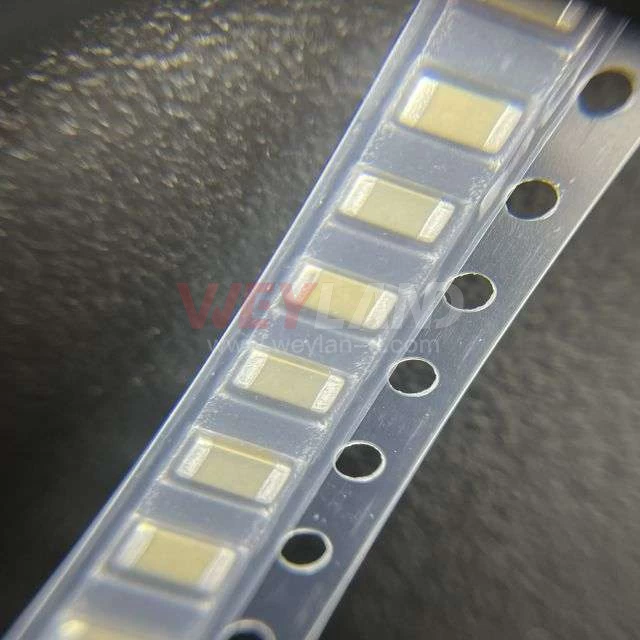
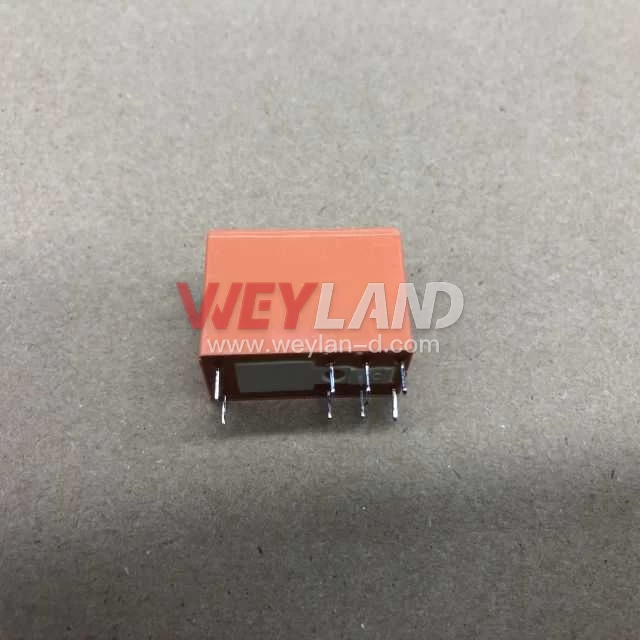

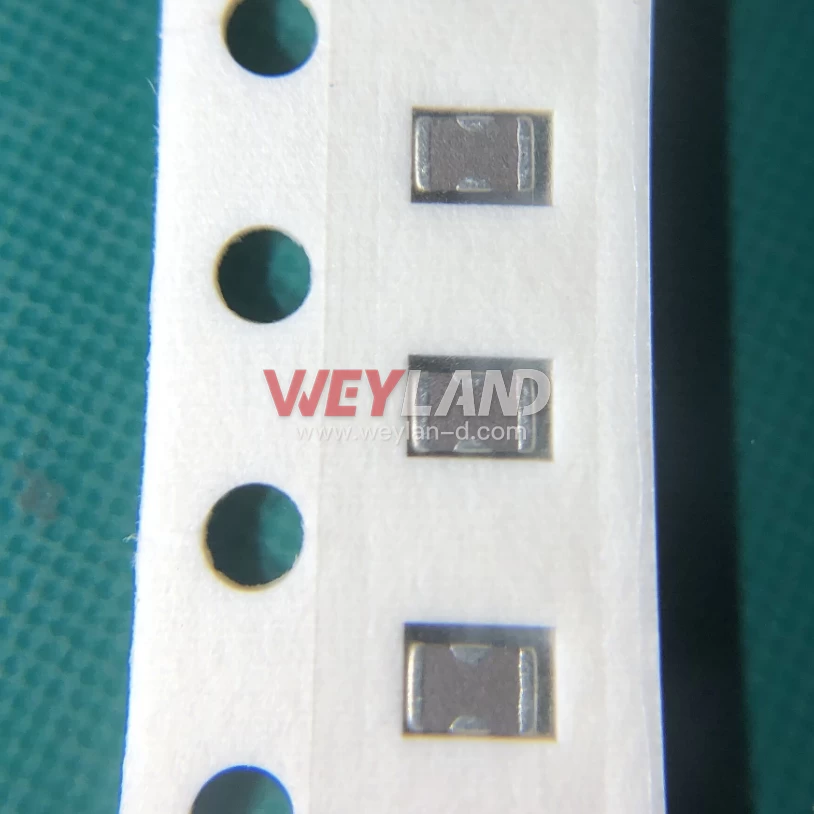
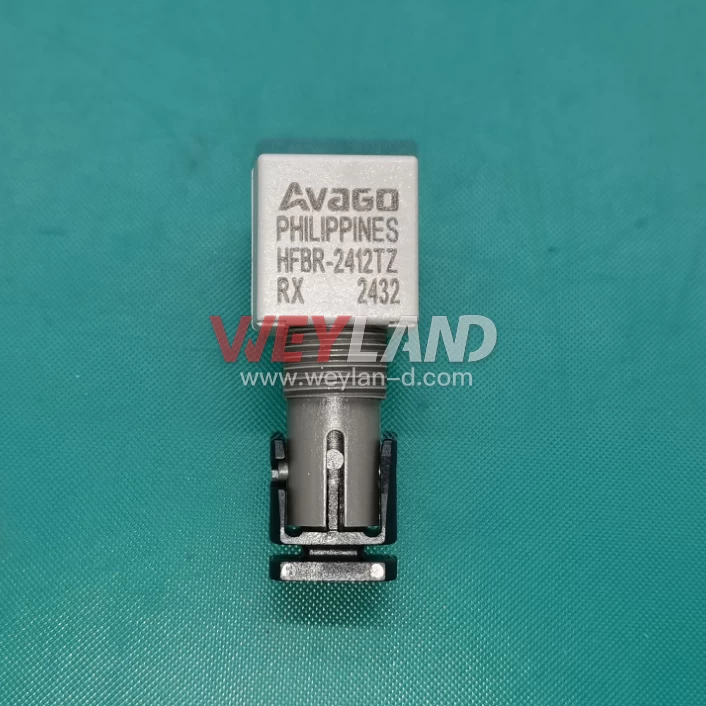
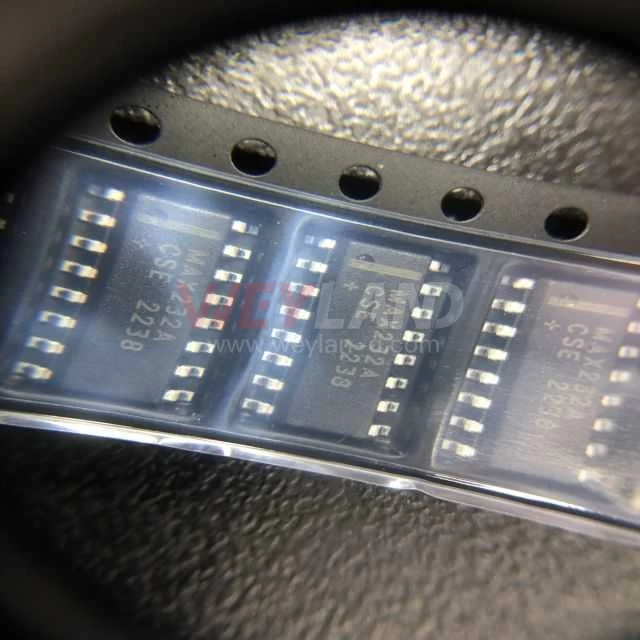

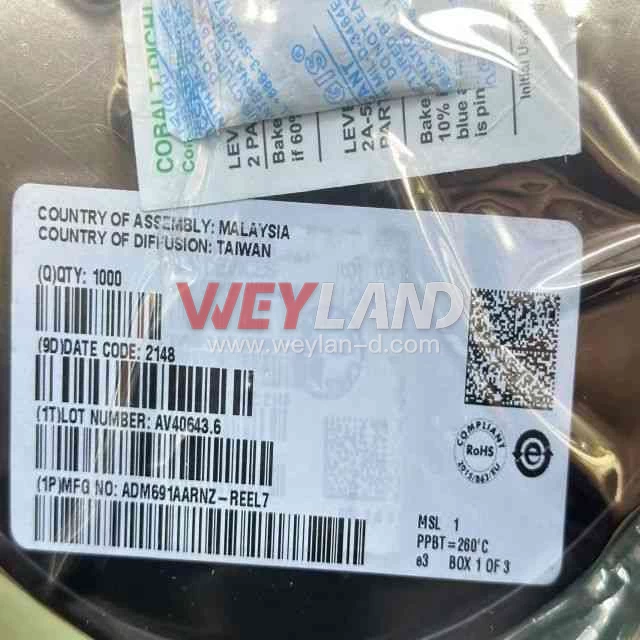
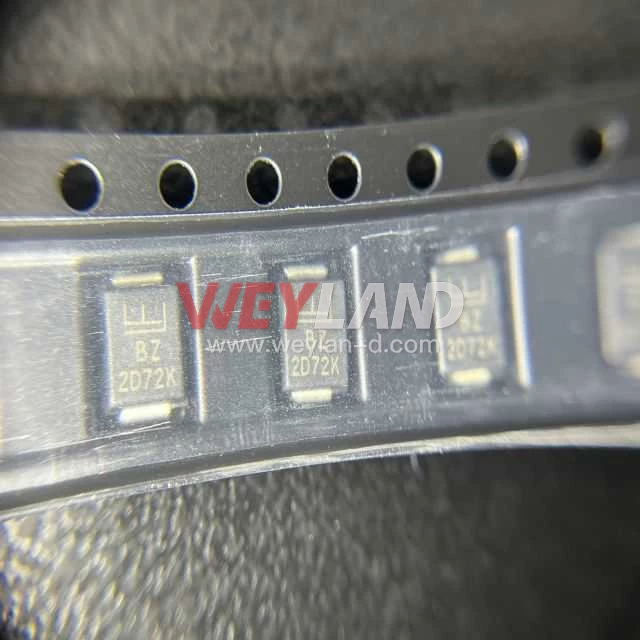
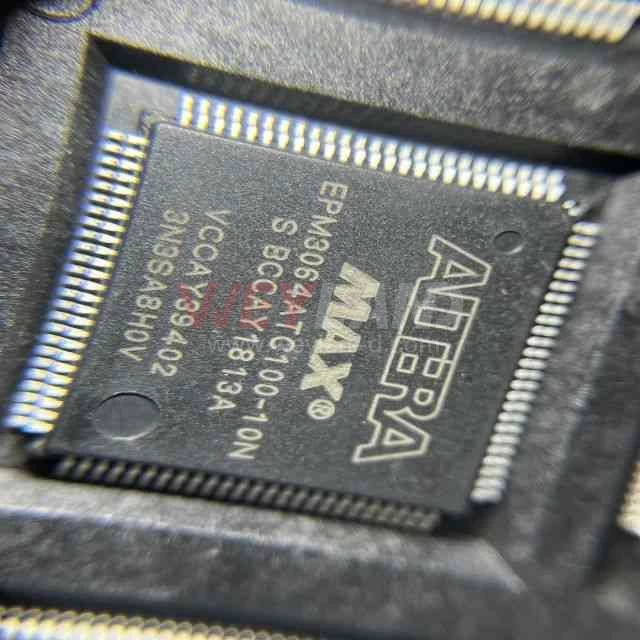
.9246509.png)












[email protected]
7500A BEACH ROAD #04-307 THE PLAZA SINGAPORE (199591)
RM 705.7/F.FA YUEN COMM BLDGNO.75-77.FA YUEN STREET.MONGKOK.KLN.HONG KONG
